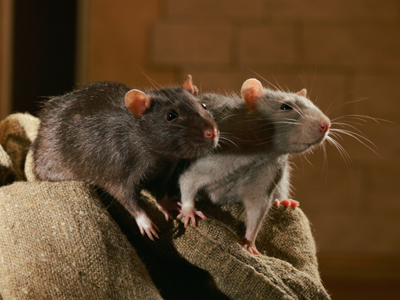
Plague
This quiz addresses the requirements of the National Curriculum KS1 History for children aged 5, 6 and 7 in years 1 and 2. Specifically this quiz is aimed at the section dealing with studying events beyond living memory that are significant nationally or globally.
Studying significant events beyond living memory is an important part of the curriculum. This is often done as part of broader topic work and may involve exploring several different historical sources to build a clear picture of life at the time. The plague is one such significant event suitable for studying.
Ready for more?
not all...
quizzers. Try to win a coveted spot on our Hall of Fame Page.







